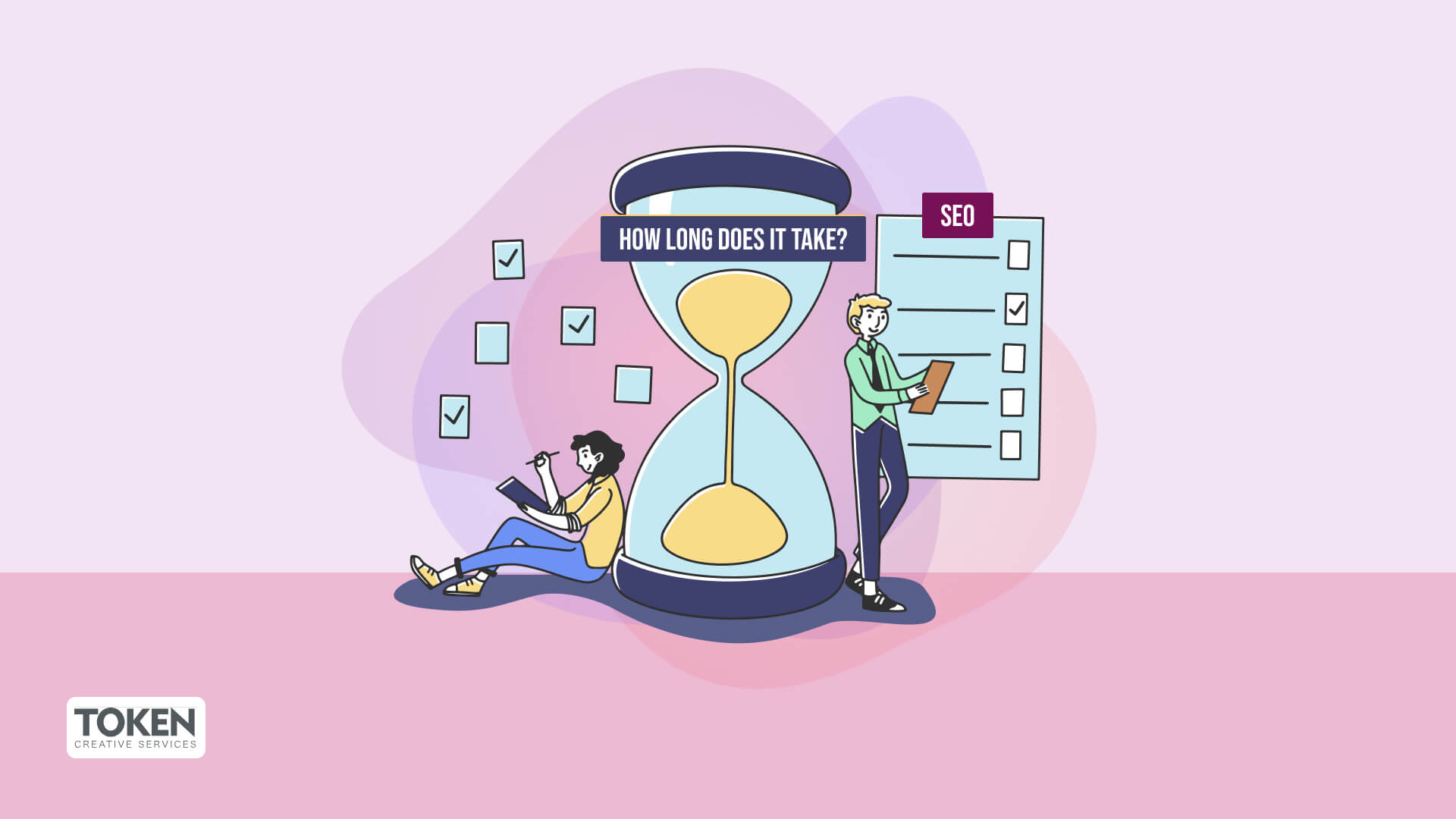
In today's online marketplace, eCommerce SEO is a essential aspect of running a successful online store. With Google and Bing being the main source of traffic for most digital retail businesses, optimizing your website for SEO can significantly impact your reach, sales, and overall growth. According to BrightEdge, over 53% of all website visits comes from natural search, making it vital for digital retailers to prioritize SEO tactics that boost rankings and increase conversions. This manual will walk you through online store SEO methods, best approaches, and practical data findings to help your business thrive in a competitive landscape.
Understanding eCommerce SEO and Its Significance
SEO for online stores goes beyond standard site optimization. It includes enhancing item listings, collections, and the overall site structure to boost rankings and user experience. According to Moz, the top-ranking websites on Google get 31.7% of all traffic, while lower-ranked pages get considerably less exposure. By adopting an well-planned eCommerce SEO plan, businesses can drive natural traffic and minimize reliance on advertising-based advertising.
Key online store SEO factorscomprise keyword research, technical SEO, schema markup, loading performance, and mobile-friendliness. Google’s mobile-first indexing further emphasizes the necessity of optimizing for mobile eCommerce, as over 72.9% of eCommerce transactions now come from smartphones and tablets (Insider Intelligence).
Keyword Research: The Foundation of eCommerce SEO
Effective online store keyword research is crucial for appearing higher in Google listings. By finding the right keywords, businesses can reach potential customers at various phases of the purchase journey.
Steps for Effective Keyword Discovery:
Identify Transactional Keywords: Use tools like Google Keyword Planner, Ahrefs, and SEMrush to find effective buying-related search queries (e.g., "buy running shoes online").
Leverage Specific Keywords: Phrases like "best running shoes for flat feet" often have lower competition and better conversion rates.
Analyze Competitor Keywords: Platforms like SpyFu and Ubersuggest help uncover search terms that category pages generate traffic to competitor sites.
Optimizing Item and Collection Pages for SEO
Product and category how to optimize product descriptions for SEO listings serve a vital function in eCommerce SEO. Enhancing these pages guarantees better rankings and a seamless customer journey.
Best Methods for Item Page SEO:
Use Original Product Descriptions: Avoid duplicate text by crafting custom descriptions.
Optimize Title Tags & Meta Descriptions: Incorporate primary keywords while keeping them engaging and to-the-point.
Add High-Quality Images with Alt Text: Improves search visibility and betters UX.
Internal Connections: Direct users and crawlers to related products and collections.
Boost Your Online Store Revenue with Expert SEO
Having trouble to rank higher and increase website traffic to your high-converting keywords digital shop? Token Creative Services provides expert eCommerce SEO that improves visibility, brings in targeted customers, and increases conversions.
Stand out in search. Get sales. Dominate your market.
Let’s talk for a customized SEO solution that delivers real results.
Conclusion
Online store SEO is a continuous effort that demands strategic approach, implementation, and consistency. By following best practices, optimizing item and collection listings, and focusing on site optimization, online stores can achieve sustainable growth. As Google ranking factors keep to change, remaining informed with the newest digital SEO developments is crucial.
Are you ready to elevate your online store to the next level? Begin optimizing today.